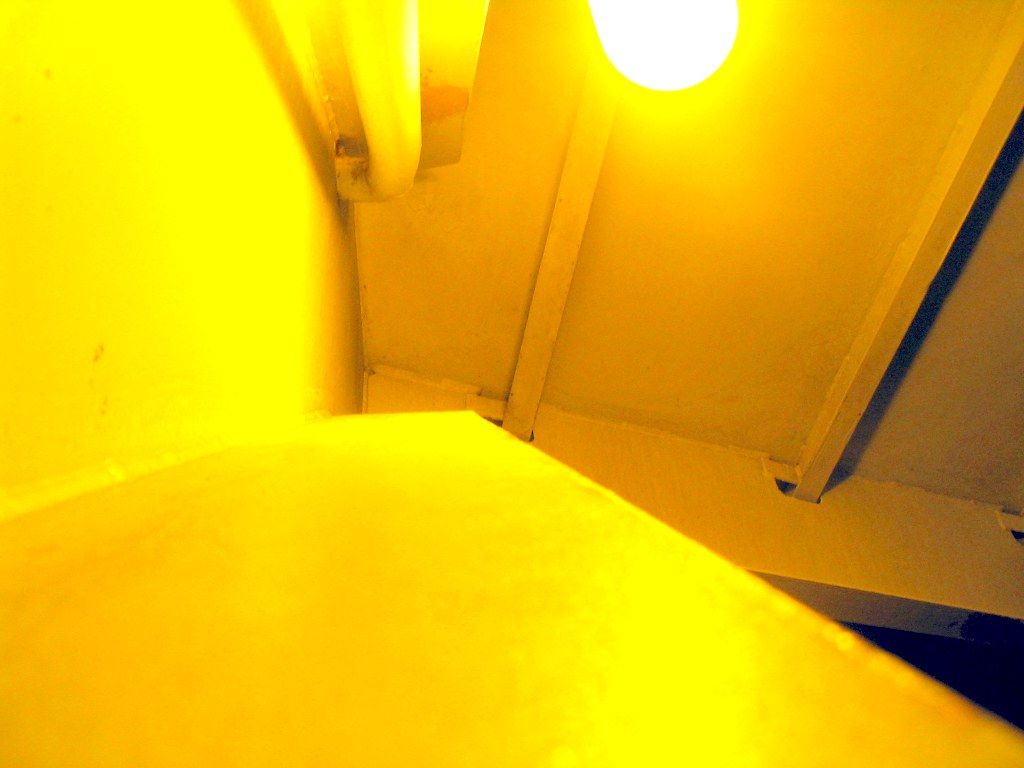Why a mix of red light and green light looks yellow, in this Moment of Science.
Imagine the colors of the rainbow. There's a continuous range of colors, from red through orange, yellow, green, and blue, to violet.
The cells in our retinas that give us color sensations come in only three types. Each type is sensitive to a fairly broad segment of that rainbow -- a fairly broad range of colors -- with peak sensitivity in one region. Each cell generates a signal in proportion to the total amount of light it detects. Our nerves and brain combine those signals to give us color sensations.
One type of color-detecting cell has its peak sensitivity in the green range, with less sensitivity to colors near that peak. Another type of color-detecting cell has its peak sensitivity farther toward the red range.
Suppose pure light from the yellow part of the rainbow enters our eye. There's no color-detecting cell with peak sensitivity to yellow. But yellow light does stimulate the green-sensitive cells, slightly, and the red-sensitive cells, slightly. Signals from those cells are combined by our nerves and brain to give the sensation of yellow.
Now, if a mix of red and green light falls on our retina, it's the same thing as yellow as far as our visual system is concerned. Again, red-sensitive and green-sensitive cells are both stimulated, and again their signals are combined. Again, we get a sensation of yellow.
This simple picture shows that the job of detecting what we usually call yellow light is shared by two types of color-detecting cells in our eyes. Whether those two types are stimulated by pure yellow light, or by a mix or red and green light, the signals that finally come out are the same.
Other things begin equal, our eyes cannot distinguish yellow light from a mix of red light and green light.










